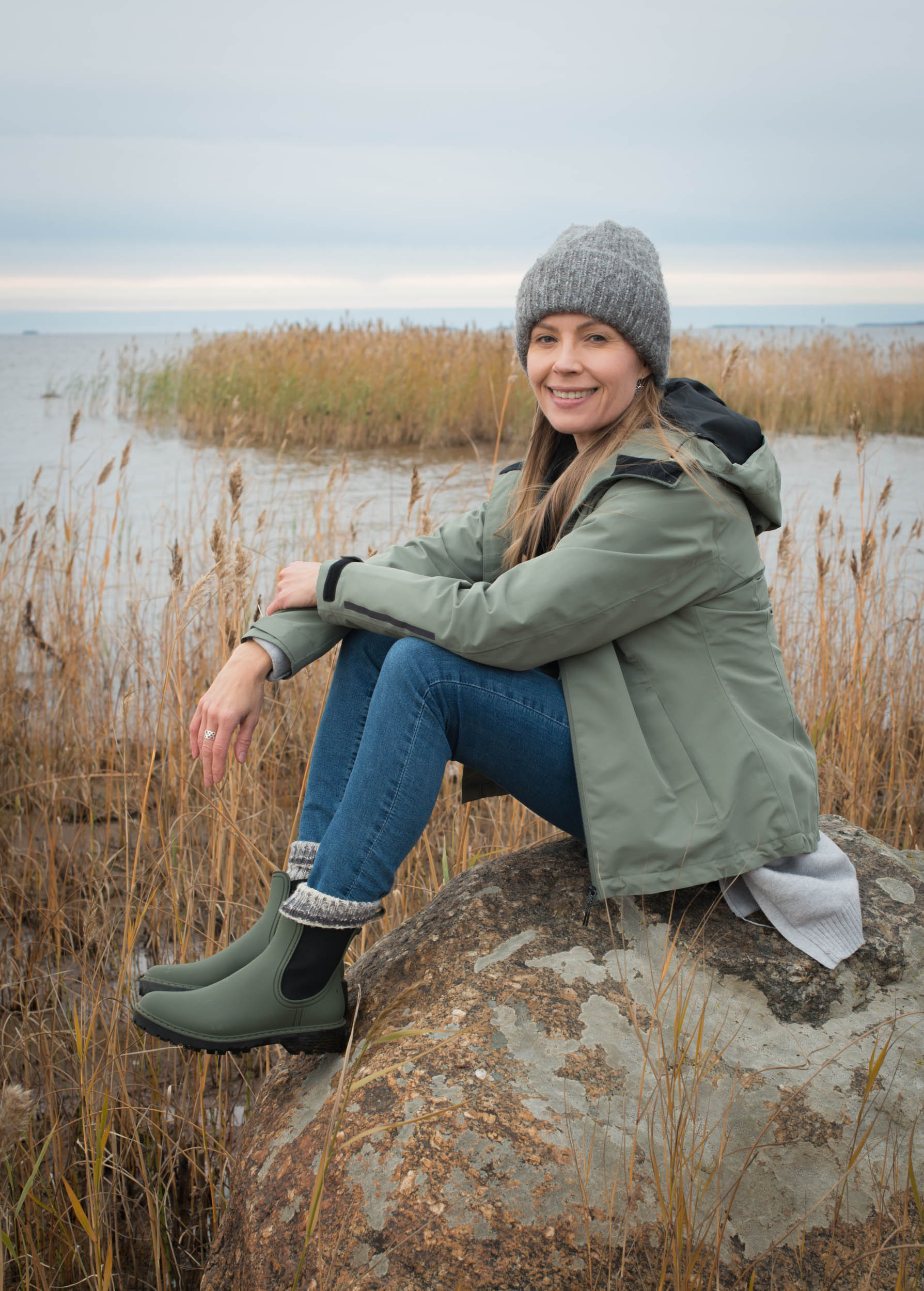Improving Data Interoperability In The Arctic
by Anna Sinisalo with Øystein Godøy and Hannele Savela | Published: 13-Sep-22 | Last updated: 09-Sep-22 | Tags : Arctic Data Interoperability workshop | category: NEWS
With new monitoring technologies and growing networks of observing systems, the amount of data is increasing rapidly. For the users, it is challenging to analyse data from different sources, and the amount of data in different formats can become overwhelming. As a result, data are still not efficiently used to provide scientific information and knowledge for those who need it. This is where data interoperability comes in, making the use of Arctic data easier.
“Data interoperability is essential to transform data to knowledge. It is about simplifying and improving the process of accessing and using data”, Øystein Godøy explains. Godøy works at the Norwegian Meteorological Institute and is one of the leading experts working on data interoperability in Arctic PASSION.
Data interoperability requires common terminology and toolkits for documenting and processing the data.
“When we describe temperature data, for example, we should make sure that it is evident whether the temperature is measured in the ocean, atmosphere or in the soil, whether it is measured in Celsius, Kelvin or Fahrenheit and how missing values in the dataset are indicated. Also, if the data consists of averaged values, there must be a consistent specification of the averaging processes and the time periods over which the data are averaged”, Godøy says.
The common toolkits that Godøy mentions can be software components, either as software packages, standalone software or web services integrated on web pages. There are widely used software packages in computer programming languages R and Python that are available online and free to use.

Øystein Godøy on Svalbard. Photo by Torunn Godøy
In the Arctic, observational data are often collected by individual research projects for the project’s own goals. Therefore, the data documentation and storage are often not following existing standards. As a result, there is no systematic way to bring all the data together or to make them freely accessible to others, and new data are often not available in a timely manner to be integrated in public services.
“Data interoperability is in its infancy in the Arctic”, Godøy says. “A very good example of how we can benefit from data interoperability is the services by the World Meteorological Organization (WMO) and its national member institutes. Without interoperability and international exchange of observations and data, we wouldn’t have the high-quality weather services at national or regional levels that we have now.”
In Arctic PASSION, data are collected through satellites, automatic monitoring stations like weather stations on land or monitoring buoys in the sea, as well as various measurements by research groups. The project is committed to follow standardization efforts of larger frameworks to improve data interoperability.
“In Arctic PASSION, we follow the standards and contribute to further development of them through various frameworks. We also organize training sessions and engage with activities by other initiatives working on data interoperability”, Godøy tells.
In May 2022, Arctic PASSION, SiOS and INTERACT, another EU Horizon2020 project, co-organized an online workshop on data interoperability.
“We find data interoperability a hugely important and timely topic. Data interoperability is one of the critical steps to meet the FAIR data principles of findability, accessibility, interoperability and reusability. Many existing systems and platforms already make data findable and accessible, so the logical next step is to focus on developing and improving the interoperability of the data”, Hannele Savela, the organizer of the workshop and Transnational Access Coordinator of INTERACT tells. “Bringing together the different Arctic projects creates synergy and ensures that data standardization and data interoperability between them will take steps further.”

Hannele Savela in Oulu, Finland. Photo by Ari-Pekka Kvist
“Whenever working on interoperability issues, the larger the community, the better”, Godøy says. “Through sharing the workload, we are also able to provide more guidance and training material as well as organize webinars. In this way, we are building competence in the relevant communities.”
Proper knowledge management through data interoperability will ensure maximum return of investment for the society as well as potentially minimising the environmental footprint of science by maximizing the use of already existing data. Godøy also notes that equally important to data interoperability is the ability to trace usage of data. Not only to credit data providers, which is very important for the research community, but also to establish reproducible research and decisions in the wider community.
Moving from science to decision making is not straight-forward. It often requires several steps to transform huge numeric datasets to information and knowledge that decision-makers need for their work, and Arctic citizens can benefit from in their everyday life. The work on improving data interoperability was started long before Arctic PASSION and still requires long-term commitment and international collaboration.
Watch the workshop on data interoperability online and follow Arctic PASSION news for updates.
